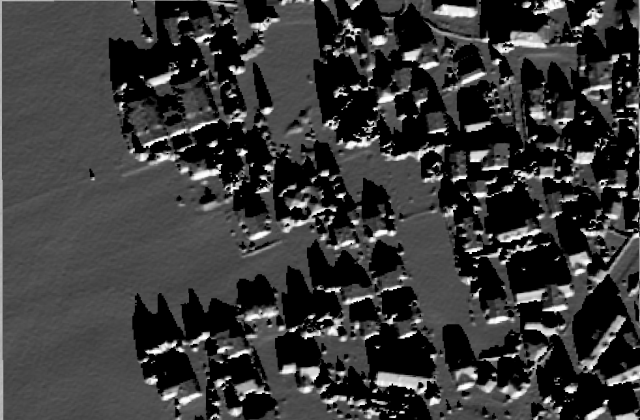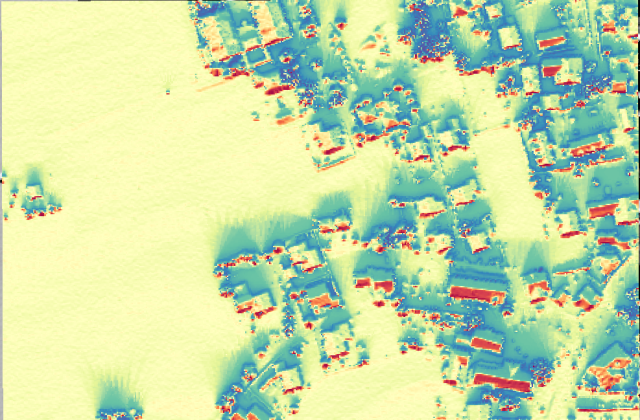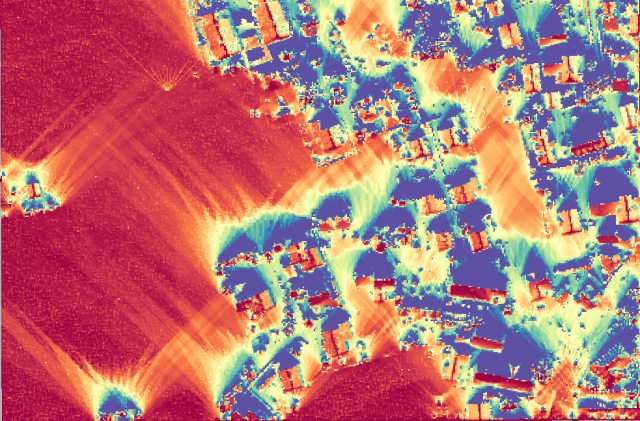From “learning GIS” to “learning WITH GI”
Through robert’s presentation, I think a lot about current Chinese GIS education condition, and write down some of my thinkings.
In my country, GIS education in undergraduate level(almost nothing in high school education) is always talking about basic geographic knowledges, how to use ArcGIS or other relevant platform, basic information about computer science and programming. It seems to be a complete and detailed teaching program for students, however, the original intention is good, but the real effect is quite different. Students in bachelor degree are always training to use GIS software, but not regarding it as a science, or even some students just learn some programming skills for a better work. We should admit that for non-professions, GIS always acts as platforms or software developed by ESRI and we also need to admit that working in information technology to do some programming has a better salary for fresh graduates. But it is the real fact which may twist the road for the development of GIScience. Space, location are the souls for our subject.
In my opinion, for undergraduate education, we need to balance the fields. It is important to teach and help them form a concept about space first, knowing the meaning and the powerful effects it can bring. Only when we have this idea, we will no longer treat GIScience just as ArcGIS or other platforms. Second, we also welcome students to choose their interest, letting them know the boundary between GIS and computer science. It’s a very important part for the orientation of the entire industry. So I think for undergraduate education, we should first help them have a basic geological thinking, then teach them some basic programming skills and more comprehensive software operations. Geo-thinking is the mark of GIS students and others are just ‘weapons’ to make geographers more efficient.
For graduate students like me in China, we always have a three-year study program. The first year is mainly for classes and the next two years are for internship and thesis. When I come to this topic, I just want to recommend our ratio 70:30 for core course and elective courses. I think it is a quite reasonable arrangement. In my opinion, GIS graduates are students who want to do some further research in this area, so they need more core courses to help them cultivate deeper and more comprehensive understandings about different fields. We need to pay more attention to have an overview thinking of all research points and then choose the suitable one to make deeper research. I’m not saying that elective courses or other interest points are not important, so I agree to share thirty percent of credits in this part to make our study more flexible and interesting. So, in conclusion, I prefer a system for graduates with a focus on specialty-related courses and share less attention on elective courses.
To sum up, I think there are still some problems in GIS education for both undergraduates and graduates. To lever up the overall competency for our students, we should enhance our specified knowledge, keep location in mind and then link the geographic basics with modern technics. Now, I’m still a student, and may not have a position to talk about this question. However, as a GIS worker, I think it is also my duty to think about our future. That’s why I wrote this paper.



